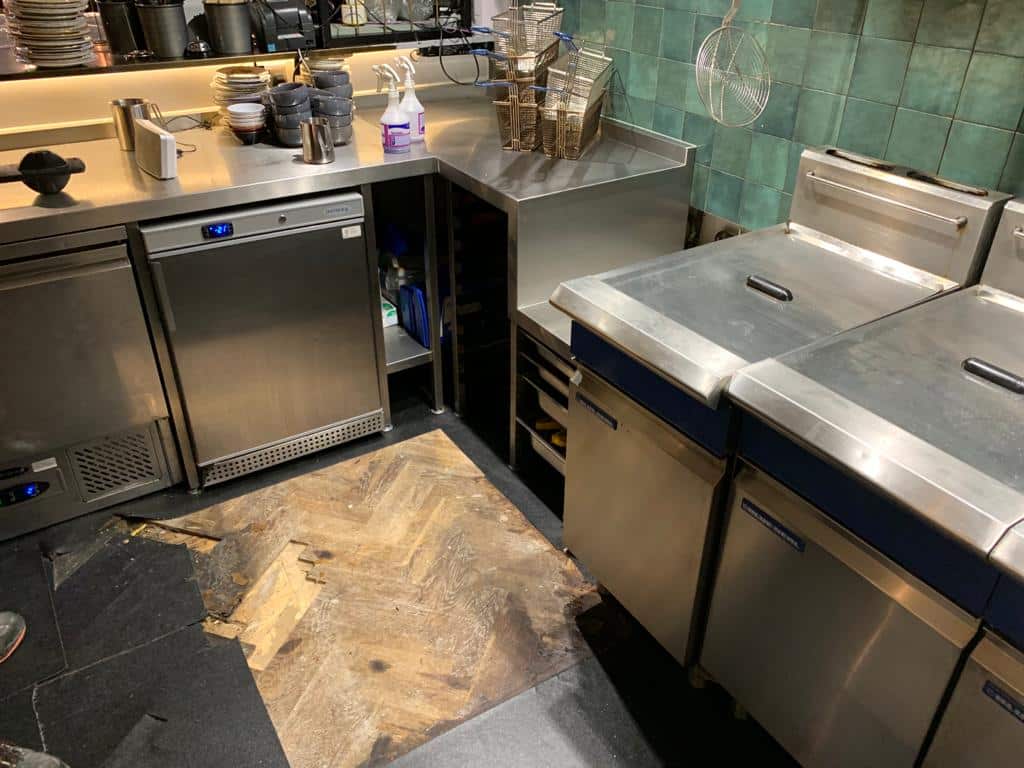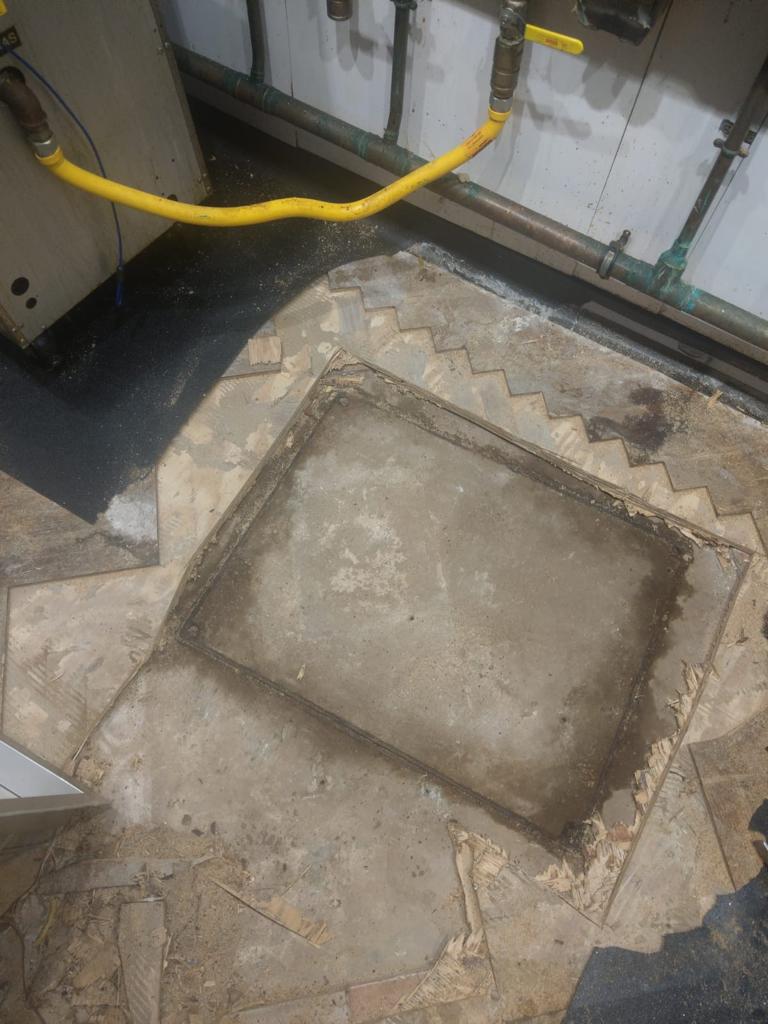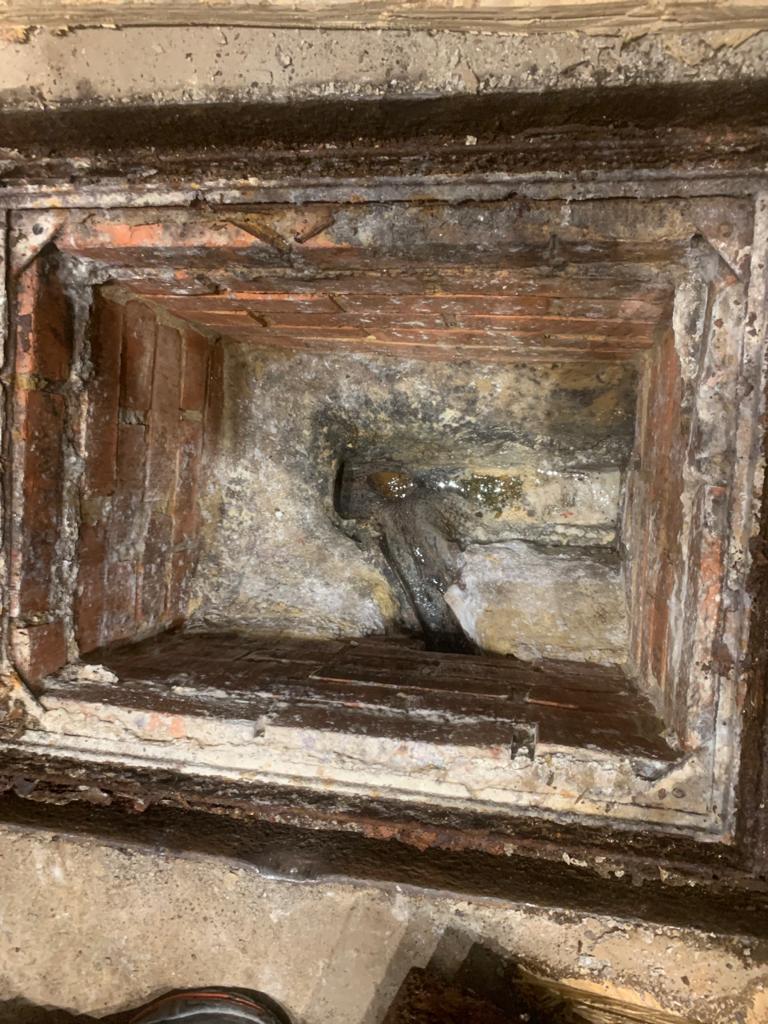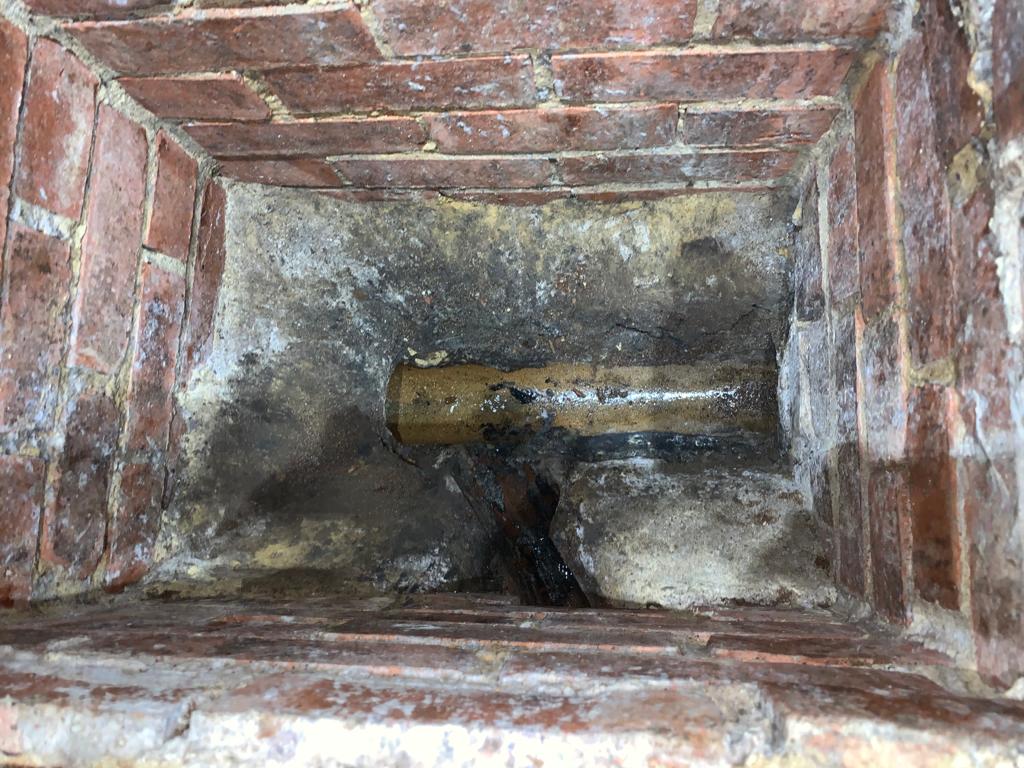Upper Street in Islington, North London is well known for the hustle & bustle of high street shops, bars, restaurants, and theatres. As well as carrying the A1, connecting London to the north of England. The road stretches for one mile between Highbury Corner and the junction with Liverpool Road at its southern end. Upper Street is also famous for the Granita Restaurant which is said to be the location in which Tony Blair and Gordon Brown made their deal on the future leadership of the Labor party.
Quick Clear Drainage received a call from a busy restaurant on Upper Street regarding lots of reoccurring drainage issues on their business premises. Including blocked drains. London restaurants often suffer from this in particular, as it can really have a negative effect on trading – so we were happy to help, and quick to respond!
How Quick Clear Drainage Responded
On our visit to the restaurant, we cleared the blockage which was the immediate issue so that the restaurant could get back to doing what it does best.
After clearing a blocked drain in London, we make it our priority to ensure that we have completed the job in hand to an excellent standard and that we can prevent any blockages in the future by inspecting the drain lines with our CCTV Drain Survey equipment.
What Happened Next?!
During our CCTV Inspection downstream of the drain line, we discovered that there was a buried manhole in the kitchen… Now, this might not always flag as an issue at first glance, but the restaurant had mentioned they were experiencing reoccurring blockages within their drains.
Our drainage engineers decided that the best course of action was to map the entire drain system using our drain tracing equipment, and dug down to expose the buried manhole.
We then carried out drain cleaning on the section and fed CCTV Drain Cameras downstream into the newly exposed drain line from the manhole. Following our camera inspection, we discovered a buried interceptor trap in the basement.
What Is An Interceptor Trap?
Interceptor traps were first introduced to properties in and around London in Victorian times. Drain interceptor traps were originally installed to stop the smells from sewers venting into properties. The design of the trap effectively prevented rodents and foul smells leaving the sewers and accessing properties. But they can often cause lots of drainage problems.
They are primarily made from vitreous clay, which means they suffer from root ingress and can be fractured with movement or settlement. A build-up of debris, grease, and fat within the trap itself will then cause severe blockages.
So, What Did Quick Clear Drainage Do?!
Our drainage engineer dug down the buried interceptor trap to expose it. He then proceeded to give this a full hydro scrub and clean. Once the trap was absolutely spick and spam, the drain lines were all inspected again using our CCTV Drain Camera equipment to ensure it was back to full bore and the drains were free-flowing.
To summarise, Quick Clear Drainage:
- Found and cleared the initial blockage in the restaurant’s drains.
- We then inspected the system to ensure peace of mind and traced the system using drain tracing equipment.
- We discovered a buried inspector trap which may have contributed to reoccurring blockages & foul smells.
- We cleared and fully cleaned the interceptor trap.
Our drainage engineer left details of the works carried out with the customer, and the restaurant went back to doing what they best without the disruption of drain blockages.
A successful visit, and a happy customer! All in a day’s work!
If you have a blocked drain, or any other drainage issue and would like some free advice, or you’d like to book in a visit from one of our engineers – call us on 0203 633 3897, or send us a message.




